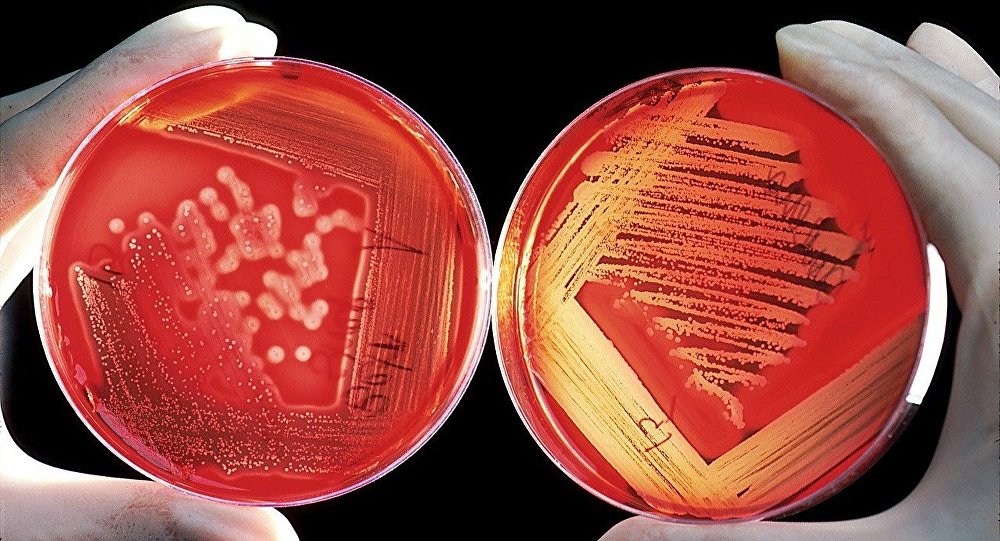Moscow: Russian chemists have developed a unique “transforming nanoparticle” that can help fight cancer and other diseases.
Professor Ekaterina Skorb and her team from ITMO University in St. Petersburg created hollow nanoparticles with a covering of polymer filaments and granules of titanium oxide and silver, the Sputnik reported Friday.
When illuminated with an infrared laser, the structure of the nanoparticle collapses from heat and oxygen, which releases the particle’s contents.
In the study, published in the journal Bioconjugate Chemistry, the team tested out their nanoparticles on bacteria whose DNA was modified to glow when molecules came into contact with artificial sugars which were injected into the nanoparticles.
After illuminating these ‘nano-grenades’ with an infrared laser, the sugars escaped the nanoparticles’ membranes, lighting up the bacteria and proving the method’s effectiveness.
Importantly, neither the nanoparticles nor their structural collapse affected the viability of the bacteria’s cells.
According to Skorb, the ease with which infrared radiation passes through the human body means that the use of such nanoparticles to fight cancerous tumors or various infections will be possible in virtually any part of the body.
“This area of research is interesting not only from the perspective of the localised delivery of medicines, but also for the creation of a computer in which biological molecules can be used instead of silicon chips. This will pave the way for high-precision control of chemical processes, ‘smart’ medicines and the ability to control molecular machines,” Skorb said in a statement from Russian Science Foundation, Sputnik reported.
To create the nanoparticles, the team experimented with photosensitive nanomaterial technology and a chemical ‘switch’ method to create the nanoparticles.
It consists of titanium dioxide nanoparticles which can split water into hydrogen and oxygen atoms when exposed to light. When placed in a solution of organic compounds, the oxygen produced begins to interact with molecules, changing the acid-base balance.
IANS
